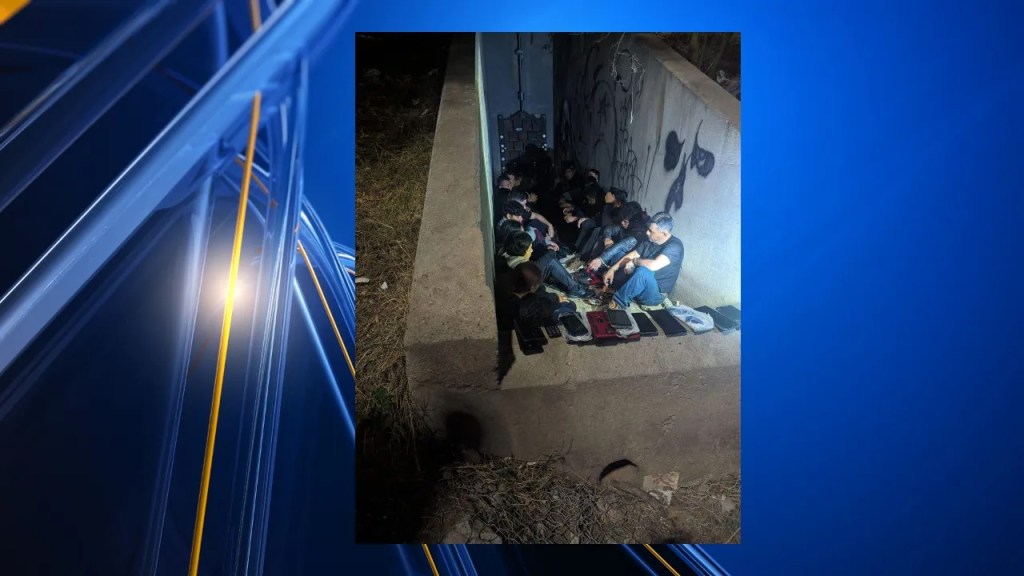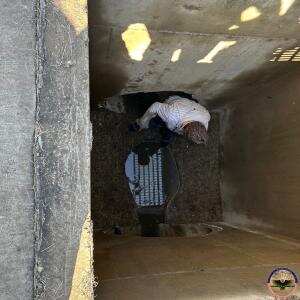US Border Patrol agents arrested 69 migrants — including four unaccompanied minors — after being alerted that they were hidden in El Paso’s storm drain system last week.
Agents in El Paso got a tip Wednesday about migrants being smuggled into an area known as the Boone Storm Drain, east of the Bridge of the Americas, Customs and Border Protection said.
While investigating, El Paso Confined Space Entry (CSET) discovered that a manhole near Interstate 10 had been used as an entry, and high levels of chlorine were detected at the site.
Agents intercepted and arrested 27 migrants before CSET found another illegal port of entry in the same area and apprehended an additional 43 migrants in the storm drains near Paisano Avenue.
A total of 69 migrants from Guatemala, Mexico, Bolivia, Honduras and El Salvador were arrested, CBP said.
Four unaccompanied juveniles from Mexico and Guatemala were among those apprehended, the agency added.


All migrants were medically evaluated and then processed for removal under Title 8.
“El Paso Sector Border Patrol Agents continue to successfully disrupt dangerous human smuggling schemes and the illicit operations of transnational criminal organizations (TCO),” said El Paso Sector Acting Chief Patrol Agent Anthony Scott Good.
“The storm drain system is dangerous and poses serious risks to not only the migrants but to our Border Patrol agents and law enforcement partners,” he added.
“Due to these risks, the El Paso Sector will deliver serious consequences to individuals that exploit the El Paso Storm drain system.”
The city’s storm drain system “is large and complex, and migrants often get lost or encounter chemicals, toxic gases, insects and venomous animals as they attempt to enter (the) United States,” CBP said.
The agency said TCO’s smuggling practices carry “numerous risks” that can lead to injury or even death.
“The complex drainpipe system that travels from the city of El Paso to the Rio Grande River can transport toxic and hazardous substances that can pose serious health risks,” CBP said.
“Migrants also face the possibility of drowning or suffocation as some of these storm drains are only a few inches in diameter and pose a threat to migrants as they could become trapped with limited access to air.”














